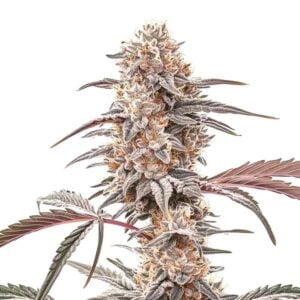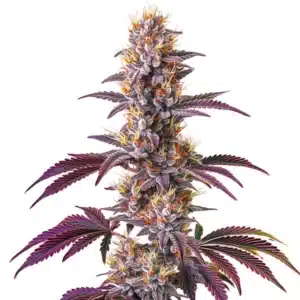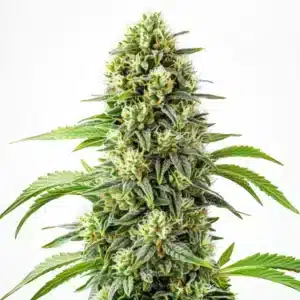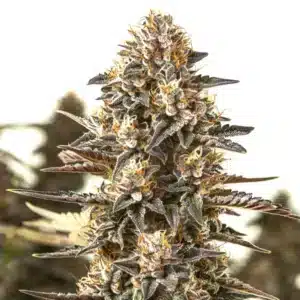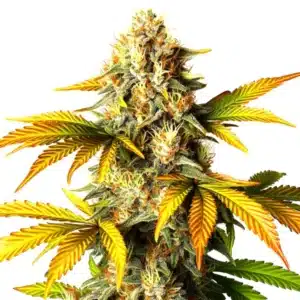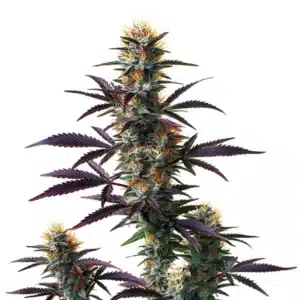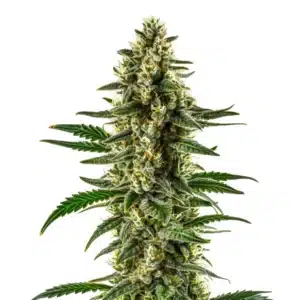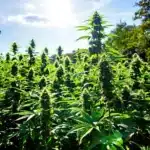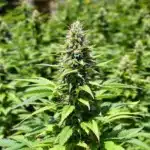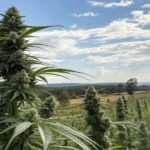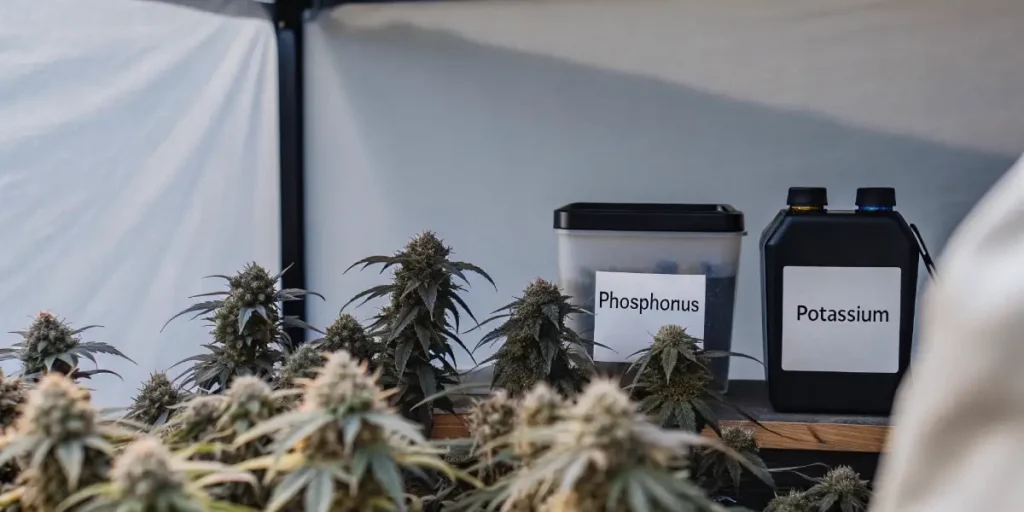
Outdoor Cannabis Harvest: Final 2 Weeks of Flowering Tips for Peak Yields
Preparing for the Final Stage Outdoors
Assessing Plant Health
It is important to closely monitor your plants as you enter the final stage. Check every leaf and bud for signs of stress, pests, or nutrient deficiencies. During the last 2 weeks of flowering tips outdoor, careful observation helps you catch minor issues early. A healthy plant shows vibrant leaves and strong stems. Taking a few extra moments to assess plant health can make a big difference in the quality of your final harvest.
Regular monitoring during this stage provides a clear picture of how well your garden is doing. When issues are detected, you can quickly adjust your care routine to support each plant. This approach ensures that every plant thrives during the last 2 weeks of flowering tips outdoor. A healthy garden is the foundation for high-quality buds and robust resin production that you can enjoy at harvest.
Recommended Strains
Biscotti
|
|
THC | 25% - 30% (High) |
|
|
Type | Feminized |
|
|
Yield | Medium |
|
|
Phenotype | 80% Indica / 20% Sativa |
Biscotti Mintz
|
|
THC | 22% - 25% (Medium) |
|
|
Type | Feminized |
|
|
Yield | High |
|
|
Phenotype | 80% Indica / 20% Sativa |
Adjusting Nutrient Schedules
During the last 2 weeks of flowering tips outdoor, slight changes in nutrient schedules can improve bud development. Reduce nitrogen and shift focus toward phosphorus and potassium to enhance resin production and flower quality. A balanced nutrient regimen during this phase supports the natural maturation process. Making these adjustments helps your plants allocate energy toward bud formation instead of vegetative growth, which is essential for outdoor cultivation during the final weeks.
Revisiting your nutrient plan is essential at this stage. Monitor your soil or nutrient solution carefully and adjust as needed. Simple tweaks to nutrient doses can prevent nutrient burn or deficiencies. These adjustments during the last 2 weeks of flowering tips outdoor optimize the final quality of your harvest while ensuring that your plants are not overfed. Such focused care results in dense, flavorful buds that truly reflect your hard work.
Promos & Deals
Managing Environmental Factors in the Last 2 Weeks
Temperature and Humidity Control
Managing temperature and humidity is vital during the final weeks of flowering. In outdoor settings, sudden changes in weather can stress your plants. To overcome this, ensure that your garden has proper airflow and shade if necessary. During the last 2 weeks of flowering tips outdoor, maintaining moderate temperatures and controlled humidity levels prevents mold and supports healthy bud development. Consistent conditions help your plants reach their full potential at harvest time.
Monitoring the climate daily and making small adjustments can protect your crop. Simple measures like using shade cloths or adjusting watering frequency can help balance humidity and temperature. By paying attention to these factors during the last 2 weeks of flowering tips outdoor, you minimize risks and support a smoother maturation process. A stable environment paves the way for high-quality yields and vibrant, resin-rich flowers.
Maximizing Sunlight Exposure
Sunlight is a key factor for outdoor growers in the final phase. Ensure your plants receive the maximum possible sunlight without getting too much heat. During the last 2 weeks of flowering tips outdoor, proper sunlight exposure enhances photosynthesis and bud development. Arrange your garden so that no plant is shaded by others, and consider repositioning if necessary. This careful attention to sunlight optimizes growth and helps your plants produce the best possible yields.
Direct sunlight also improves the flavor and potency of your buds. When plants receive consistent light, they build up more resin and develop deeper colors. Simple adjustments like trimming nearby vegetation can enhance sunlight exposure. These efforts during the last 2 weeks of flowering tips outdoor lead to a garden that is both healthy and productive. Maximizing light naturally supports the final burst of growth before harvest.
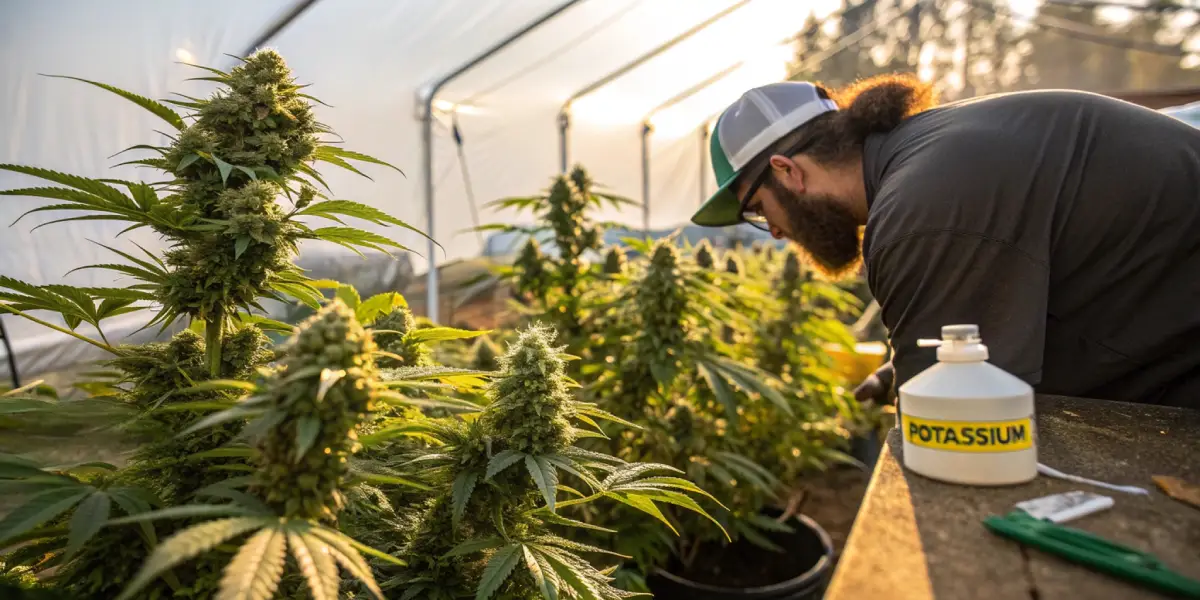
Enhancing Resin Production and Bud Development
Gentle Pruning and Trimming
Pruning and trimming can boost bud quality during the final stage. Gently remove excess leaves to allow more light and air to reach your flowers. This technique, when applied during the last 2 weeks of flowering tips outdoor, helps concentrate the plant’s energy on bud development. Be careful not to remove too much, as every leaf contributes to the plant’s strength. Small, precise cuts can improve airflow and enhance resin production across your garden.
Taking a careful approach to trimming is key for outdoor growers. By selectively removing leaves, you create a more open structure that supports heavy bud formation. This method helps reduce the risk of mold while emphasizing quality over quantity. When done correctly during the last 2 weeks of flowering tips outdoor, pruning encourages your plants to produce dense and aromatic buds. A well-pruned plant is easier to manage and shows significant improvements in final yield.
Optimizing Watering Techniques
Watering practices should be adjusted during the final phase to support bud maturity. In the last 2 weeks of flowering tips outdoor, reduce water amounts slightly to prevent overhydration and encourage stress that boosts resin production. Use a gentle watering method that soaks the roots without causing runoff. A measured watering schedule helps your plants focus on final bud development rather than constant growth. This simple change can enhance the concentration of flavors and potency in your final harvest.
Consistent watering is important but should be moderated during this critical period. Check the soil moisture frequently and adjust your watering routine accordingly. Avoid saturating the soil, which can lead to root rot and lower quality buds. A balanced watering technique during the last 2 weeks of flowering tips outdoor supports healthy maturation and improves overall yield. A careful water regimen ensures that your plants remain strong and produce the best possible flowers.
Pest and Disease Management in the Final Weeks
Early Detection and Organic Remedies
Pests and diseases can still affect your garden during the final weeks. Early detection is key to preventing significant damage. During the last 2 weeks of flowering tips outdoor, inspect your plants regularly for any signs of infestation or infection. Using organic remedies such as neem oil or insecticidal soap can help control minor issues without harming the buds. Quick action ensures that problems are managed before they affect the entire crop.
Frequent checks allow you to catch problems early and apply organic treatments immediately. Preventative care is easier when you act as soon as a minor pest is detected. This vigilance during the last 2 weeks of flowering tips outdoor helps maintain a healthy environment and supports the natural maturation process. Organic methods are safe for both your plants and the environment, keeping your final harvest free of chemical residues while preserving bud quality.
Maintaining a Clean Growing Area
Keeping your outdoor garden clean is essential during the final stage. Remove dead leaves, fallen buds, and any debris that might harbor pests or diseases. A tidy growing area supports better airflow and reduces the risk of infections. During the last 2 weeks of flowering tips outdoor, regular cleaning can prevent many common problems. A clean environment allows your plants to focus on developing dense, high-quality flowers with minimal interference from pests.
Routine maintenance of your garden space creates a healthier growing environment. Simple tasks such as clearing away debris and sanitizing tools help protect your crop. Maintaining cleanliness during the last 2 weeks of flowering tips outdoor reduces stress on the plants and supports a more efficient final maturation. This proactive approach keeps your outdoor garden in optimal condition and contributes to a bountiful harvest that reflects your careful preparation.
Final Harvest Preparation for Outdoor Flowers
Timing and Monitoring Trichome Maturity
Deciding the right moment to harvest is one of the most important tasks. During the last 2 weeks of flowering tips outdoor, closely monitor trichome color and density. The change from clear to milky or amber indicates that the buds are ready for harvest. Regular checks ensure that you capture the peak of resin production and flavor. This careful timing supports a higher quality yield and preserves the natural potency of your cannabis flowers.
Observing trichome development is a simple yet effective way to determine harvest time. When the trichomes begin to show the right color shift, your plants are nearing peak maturity. During the last 2 weeks of flowering tips outdoor, maintain regular observation sessions to record changes accurately. This method ensures that you harvest at the optimal time, resulting in potent, flavorful buds that reflect the dedication of your outdoor growing efforts.
Post-Harvest Handling and Drying Tips
After harvest, proper handling and drying are essential to preserve bud quality. During the last 2 weeks flower stage, especially when following flowering tips for outdoor grows, careful post-harvest techniques ensure that the resin and aroma remain intact. Use gentle handling methods to avoid damaging delicate buds. Dry your flowers in a well-ventilated, dark space with controlled humidity. These post-harvest steps support the final quality of your crop and set the stage for a smooth curing process that brings out the best flavors in your cannabis.
A steady, careful approach after harvest protects your investment. Drying and curing are critical steps that affect the final potency and taste. During the last 2 weeks of flowering tips outdoor, simple measures such as using a drying rack and checking humidity levels can make a big difference. By taking your time with post-harvest handling, you ensure that your buds reach their full potential, preserving the hard-earned quality of your outdoor flowers.
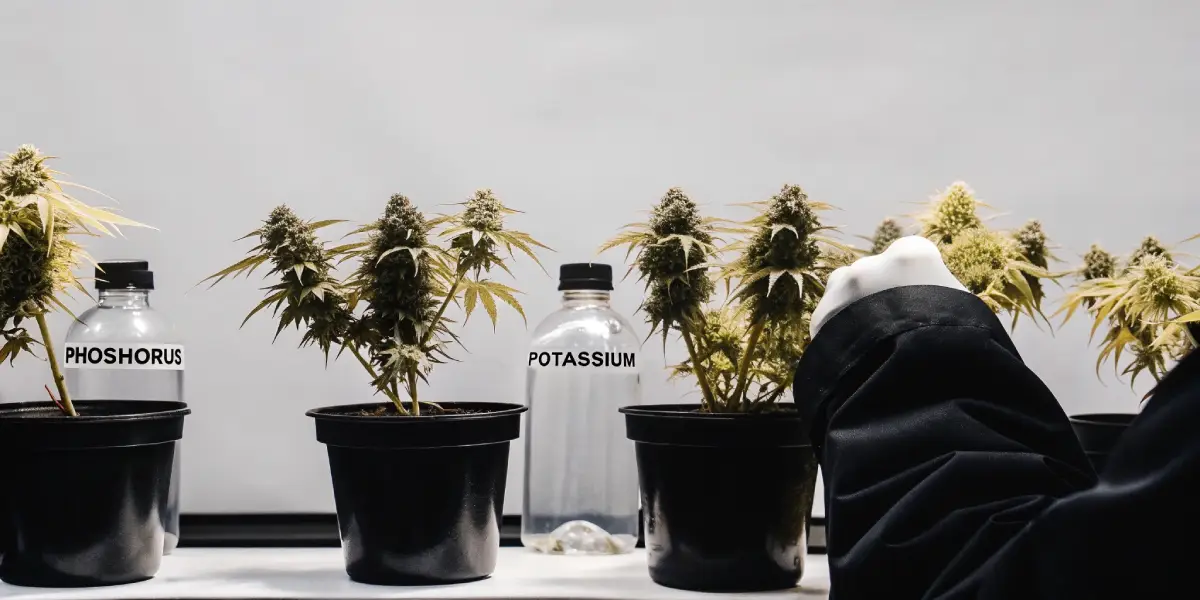
FAQs about last 2 weeks of flowering tips outdoor
What should I focus on during the last 2 weeks of flowering tips outdoor?
Many growers notice that the key to success in the last 2 weeks of flowering tips outdoor is careful observation and small adjustments. Monitoring trichome color, bud density, and plant overall health ensures that any issues are addressed immediately. Consistent attention to environmental changes and nutrient balance helps maximize resin production while reducing stress on the plants during this final stage for optimal yields.
How do I adjust my care routine during the last 2 weeks of flowering tips outdoor?
Many growers wonder how to adjust their care routine during the last 2 weeks of flowering tips outdoor. The secret is in making minor tweaks to watering schedules, nutrient doses, and light exposure. By making these subtle changes, plants focus on bud development and resin enhancement. Consistent observation and slight adjustments ensure that the maturation process remains stable and optimal throughout this final flowering phase.
When is the best time to harvest during the last 2 weeks of flowering tips outdoor?
Timing your harvest during the last 2 weeks of flowering tips outdoor requires careful observation. Look for changes in trichome color and bud density as signals of readiness. These markers guide you to the ideal moment for harvest, ensuring quality yields. Minor adjustments based on these signs support optimal maturation. Consistent monitoring guarantees that your cannabis plants are harvested at peak, maximizing potency and flavor.


